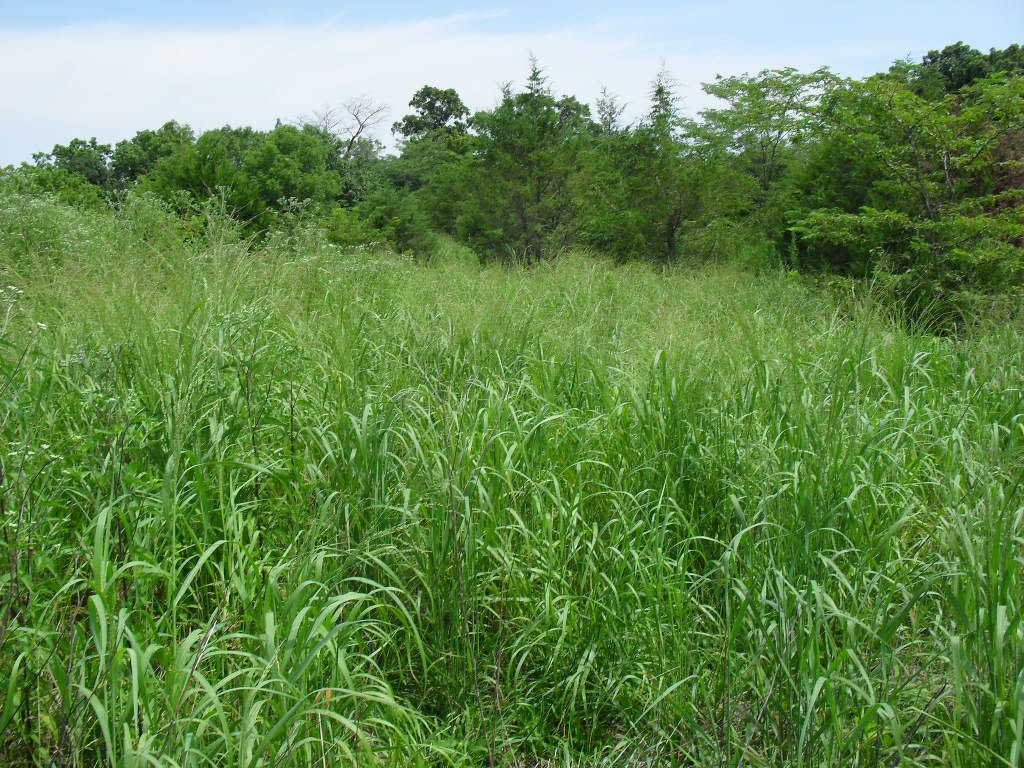The key to establishing any native grass is killing any and all cool season grasses first because they tend to be the only thing that can really stand in the way of establishing a successful stand of natives.
They are very easy to kill this time of year and I sprayed mine several weeks ago with 2 quarts of glyphosate, one quart of crop oil and one ounce of Oust XP (optional) that will also give me a little residual control going into early spring.
I mowed it all first in mid August, allowed it to start to re-grow and then nailed it!
That combination is deadly and nuked the tough fescue and brome on this site.
Now I'll keep and eye on it and make sure everything is DEAD
We have lot's of growing time so after we have had some rain and things cool down a bit (the type of weather that encourages cool season grass) I'll go back and hit any surviving plants such as this one.
We sprayed this all with a backpack sprayer and it will all be frost seeded in late winter. I 'll be testing various residual herbicide rates including some non-restrcited herbicides such as Oust XP to see what switch can handle and offer some inexpensive and easy to purchase herbicide options.
If you kill everything well in the fall it is of course very easy to establish any natives with no herbicides at all by just clipping weeds the first year at 8-12" high as needed. Establishment will be slower but just as successful.
Another option is planting RR soybeans the year before converting a field to native, which leaves a clean, grass killed area to frost seed natives onto.
In my case killing sod leaves a nice mat of dead grass and a root system that helps hold my top soil until the natives get established.
Everything I am sharing in regards to establishment at this point will work for any native grass and forbs, it's only when we get to residual herbicides that we need to make some choices.
There is still time to kill grasses to prepare for frost seeding so...giterdone!
























